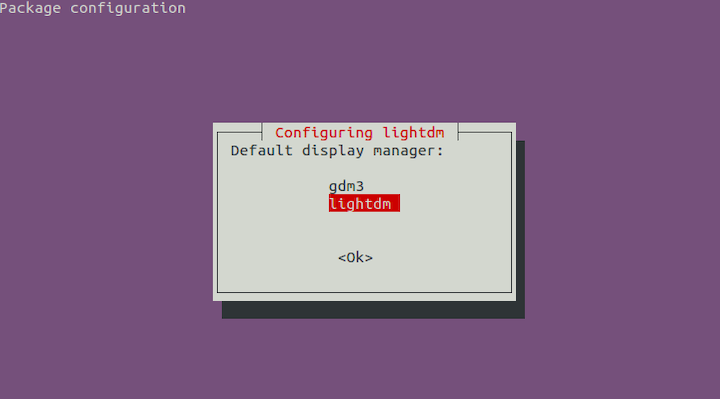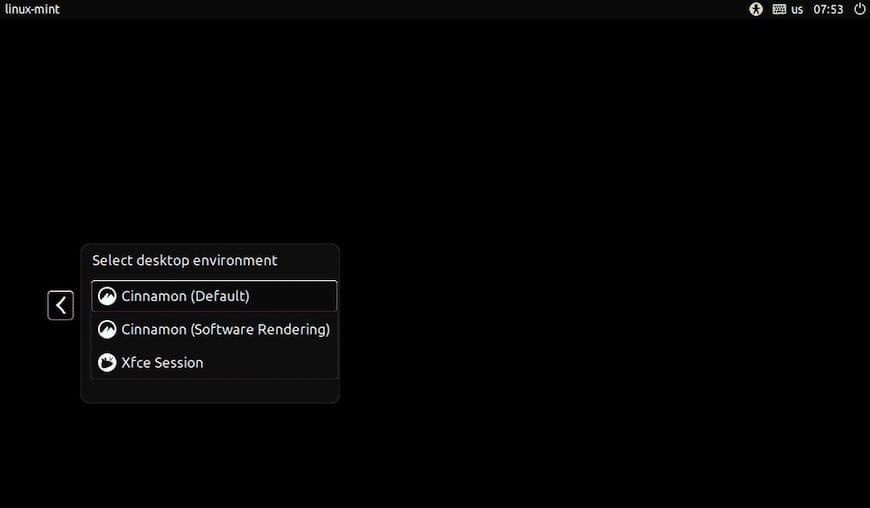How To Install XFCE Desktop Environment on Linux Mint 21

In this tutorial, we will show you how to install XFCE Desktop Environment on Linux Mint 21. Linux Mint, known for its user-friendliness and robustness, offers several desktop environments, including Cinnamon, MATE, and Xfce. Each environment caters to different user preferences in terms of aesthetics, resource usage, and customization capabilities. Xfce stands out for its minimal resource requirements, making it an excellent choice for older hardware or users seeking a fast, responsive computing experience.
This article assumes you have at least basic knowledge of Linux, know how to use the shell, and most importantly, you host your site on your own VPS. The installation is quite simple and assumes you are running in the root account, if not you may need to add ‘sudo‘ to the commands to get root privileges. I will show you the step-by-step installation of the XFCE Desktop Environment on a Linux Mint 21.
Prerequisites
- A server running one of the following operating systems: Linux Mint 21.
- It’s recommended that you use a fresh OS install to prevent any potential issues.
- While we’ll guide you through the process, a basic understanding of the command line will be beneficial. If you’re new to the CLI, you might want to acquaint yourself with some fundamental commands.
- An active internet connection.
- Recommended to have at least 2GB of RAM and 20GB of free disk space for a smooth installation and operation.
- Administrative privileges are essential for installing and configuring software on your system. Ensure that you have superuser or sudo access.
Install XFCE Desktop Environment on Linux Mint 21
Step 1. Before proceeding with the installation, it’s crucial to ensure your system is up to date. Open a terminal window and execute the following commands:
sudo apt update sudo apt upgrade
This process updates your package list and upgrades existing packages to their latest versions, ensuring compatibility with the Xfce desktop.
Step 2. Installing XFCE Desktop Environment on Linux Mint 21.
With the package index updated, you can now proceed to install the Xfce desktop environment. In the terminal, execute the following command:
sudo apt install xfce4 xfce4-goodies
The xfce4 package provides the core components of the Xfce desktop, while xfce4-goodies includes additional plugins and utilities that enhance the functionality and usability of the desktop environment.
During the installation process, you may be prompted to confirm the installation by pressing ‘Y‘ and then Enter. The package manager will then download and install Xfce and its dependencies, which may take a few minutes depending on your internet connection speed.
Step 3. Select Display Manager.
Once the installation of Xfce packages is complete, you will be presented with a menu asking you to select a display manager. A display manager is responsible for managing user sessions and providing the graphical login screen.
For Xfce, it is recommended to select lightdm as the display manager. Use the arrow keys to navigate to lightdm in the menu and press Enter to confirm your selection.

After selecting the display manager, the installation process will continue. The package manager will configure the newly installed packages and set up the necessary system files for Xfce.
Once the installation is complete, you will be prompted to reboot your system for the changes to take effect. Run the following command in the terminal to reboot:
reboot
Step 4. Accessing XFCE Desktop on Linux Mint.
After your system reboots, you will be greeted by the login screen. To log in to the Xfce desktop environment, follow these steps:
-
- Click on the session menu located next to your username on the login screen.
- From the list of available desktop environments, select “Xfce Session”.
- Enter your password and press Enter or click the login button.

Step 5. Troubleshooting.
While installing Xfce alongside other desktop environments like Cinnamon is generally straightforward, you may encounter some issues. Here are a few common problems and their solutions:
- Xfce not appearing in the session menu: If Xfce does not show up as an option in the session menu on the login screen, try updating the package index and reinstalling the Xfce packages using the commands mentioned earlier.
- Conflicts with Cinnamon: In some cases, having both Cinnamon and Xfce installed can lead to stability issues or conflicts. If you experience problems, consider completely removing Cinnamon using the following command:
sudo apt remove cinnamon*
After removing Cinnamon, update the package index and reinstall Xfce to ensure a clean setup.
- Decreased stability with multiple desktop environments: While it is possible to have multiple desktop environments installed on the same system, it can sometimes lead to decreased stability and performance. If you encounter frequent issues, it may be better to perform a clean installation of the Linux Mint Xfce edition for the best results.
Congratulations! You have successfully installed XFCE. Thanks for using this tutorial to install the latest version of XFCE Desktop Environment on the Linux Mint system. For additional help or useful information, we recommend you check the official XFCE website.